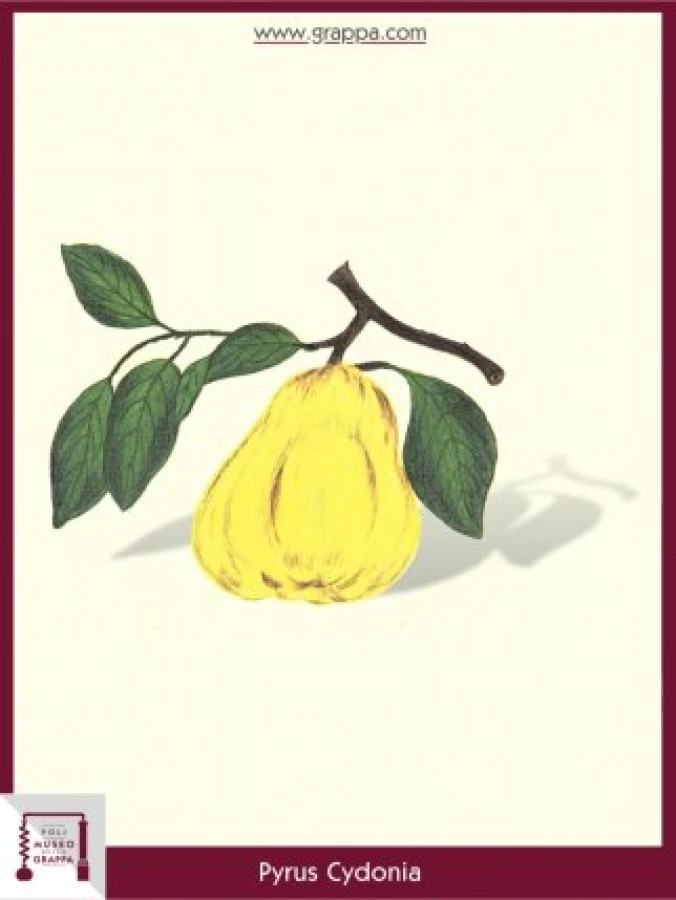Good from the quince
Qiunce
Good from the quince
Plant:
Qiunce
Plant Part:
fruit
Plant Properties:
astringent, anti-inflammatory, expectorant, tonic, nerve-strengthening, laxative, analgesic, emollient, antiphlogistic
Description:
The Latinians particularly appreciated a kind of "apple", which they called Mala Cydonia, as it was a fruit of great symbolic importance, which grew in the ancient city of Cydon of the island of Crete.
Pliny remembered how this fruit was regarded by Greek civilization as a symbol of love, so much that Aphrodite was often represented with a quince in his hand.
Probably existed the quince, which was famous for its effects and flavors, in the Roman period as a "soft" variety, which has become extinct over the centuries, but left us the famous quince which is surely very fragrant but hardly enjoyable.
The strongly sour taste of the fruit prevents it from being consumed raw and can only be used as boiled jam.
Its fragrance is however very effective as room and laundry deodorant.
Moreover, the liqueurs of quince are classics, such as "Ratafia" (fruit liqueur) and "Buono di Cotogne" (good of the quince).
Ingredients:
- 1 quince
- 1 liter of Grappa
- lemon peel
- 5 tablespoons of sugar
Preparation:
The quince liqueur is prepared as follows: Mix a peeled and denucleated quince and put in a liter of Grappa with lemon peel and 5 tablespoons of sugar. Leave it in the sun for three months and shake it at least once a day. Then filter the mixture, bottle into bottles and age it for six months.
The flavoured Grappa is amber colored and has a full, tasty aroma and an intense, honey-like scent.


